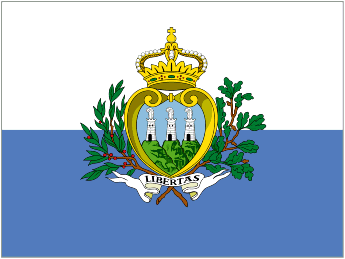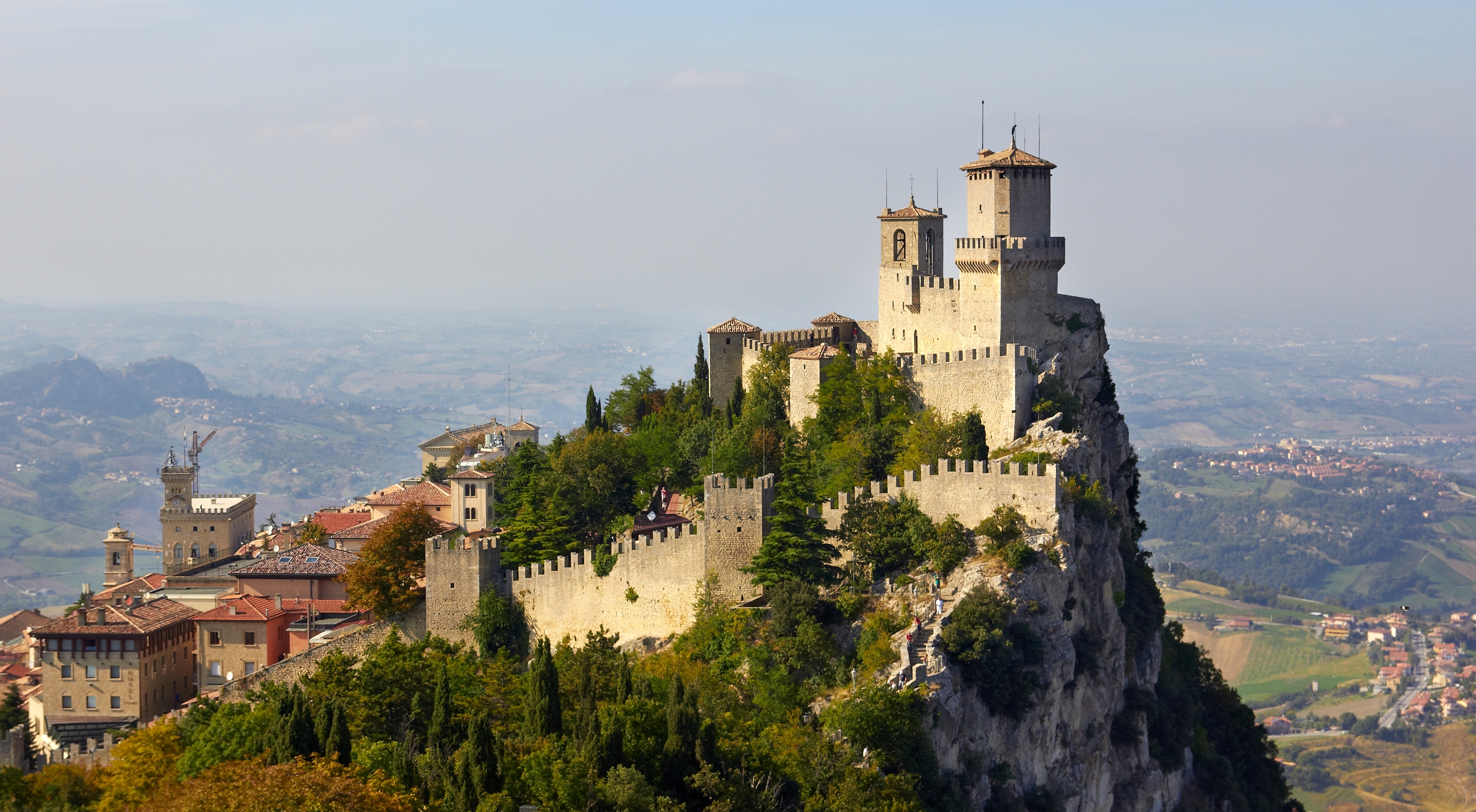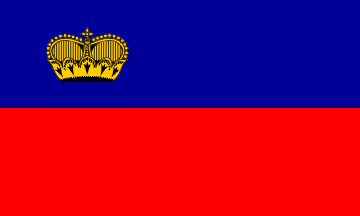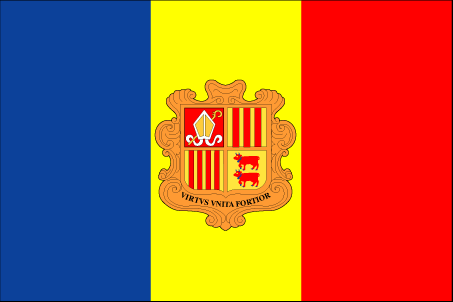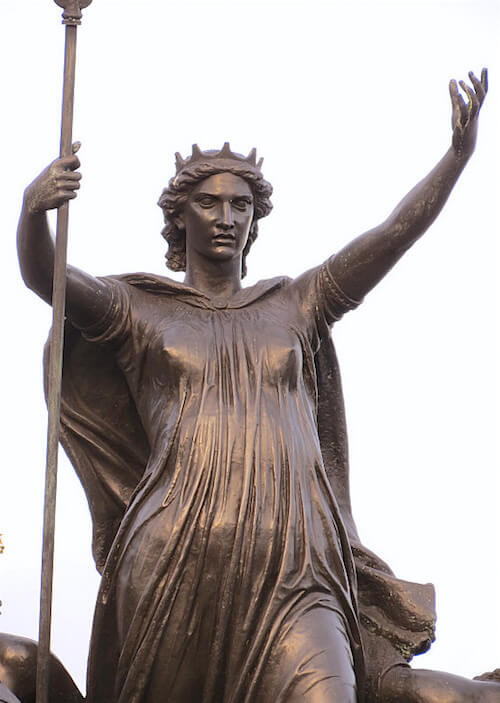Tarenorerer, also known as Walyer, was an aboriginal freedom fighter who refused to take shit from anyone. She fought everyone who crossed her, but she mostly fought the white settlers, whalers, and sealers that were enslaving and murdering her people. She so thoroughly terrorized Tasmanians of the 1830s that she was the subject of a huge manhunt (or womanhunt), and George Arthur, Lieutenant governor of the area, remarked that she and her band of warriors were one of the biggest dangers in Tasmania.
 1800s Tasmania (Van Diemen's land) was not a safe place for anyone, but especially not for aboriginal people. Whalers in the Bass Strait were known for kidnapping women and children, and tribes fought with white settlers over land. As might be imagined, things weren't going well for the aborigines. It was into this environment that Tarenorerer was born.
1800s Tasmania (Van Diemen's land) was not a safe place for anyone, but especially not for aboriginal people. Whalers in the Bass Strait were known for kidnapping women and children, and tribes fought with white settlers over land. As might be imagined, things weren't going well for the aborigines. It was into this environment that Tarenorerer was born.
Tarenorerer was only a teenager when whalers stole her from her tribe, the Tomeginee. She was held as a slave by them for several years. Conditions were already harsh for aboriginal captives, but for Tarenorerer conditions were much worse. The men who enslaved her would beat, rape, and torture their women to force them into submission, but Tarenorerer refused to submit. her defiance made her captors angrier, which in turn caused them to be crueler to her.
Around 1828 Tarenorerer escaped. With rage in her heart, and a spear in hand, she gathered local men and women around her, and started attacking white settlers. She taught her warriors how to use firearms, and how to use guerrilla warfare to effectively defend against the settlers' tactics. She instructed her people to kill livestock and, in battle, would taunt the white men, telling them to come be speared by her. She was the biggest menace in the neighborhood.
Enter George Arthur. Arthur was a local official, and religious devotee determined to Christianize and make peace with the locals. He was searching for an effective way to make peace with the aborigines, but part of his duties as lieutenant governor of the area meant keeping the peace and protecting white settlers first, so when Tarenorerer and her warriors came on the scene, he went after her.
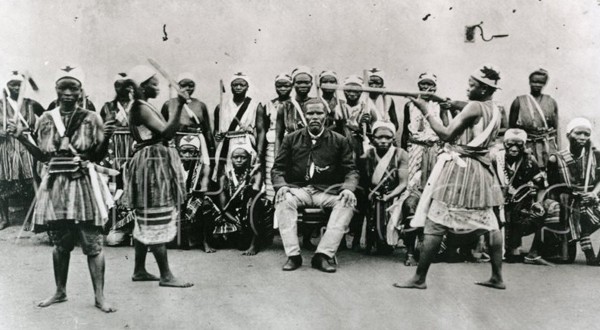
Arthur chased Tarenorerer for two years, and it was he that gave her the epitaph 'Amazon of Van Diemen's Land'. With a price on her head, Tarenorerer fled, but was again captured, this time by sealers, who took her and two of her sisters to Bird Island to catch seals and (you'll never guess it) birds.
As you might imagine, Tarenorerer was none too pleased with this arrangement. She killed a man trying to escape, but in the process her identity was discovered, and she was arrested. She was carried off to prison, and died of influenza not long after.
Today she is remembered as a brave fighter who embodied the cause of the aboriginal fight for freedom. There are no official memorials to her, but she is still held up as an example for young aboriginal people, who are still fighting the injustices perpetrated by the Australian government.
 1800s Tasmania (Van Diemen's land) was not a safe place for anyone, but especially not for aboriginal people. Whalers in the Bass Strait were known for kidnapping women and children, and tribes fought with white settlers over land. As might be imagined, things weren't going well for the aborigines. It was into this environment that Tarenorerer was born.
1800s Tasmania (Van Diemen's land) was not a safe place for anyone, but especially not for aboriginal people. Whalers in the Bass Strait were known for kidnapping women and children, and tribes fought with white settlers over land. As might be imagined, things weren't going well for the aborigines. It was into this environment that Tarenorerer was born.Tarenorerer was only a teenager when whalers stole her from her tribe, the Tomeginee. She was held as a slave by them for several years. Conditions were already harsh for aboriginal captives, but for Tarenorerer conditions were much worse. The men who enslaved her would beat, rape, and torture their women to force them into submission, but Tarenorerer refused to submit. her defiance made her captors angrier, which in turn caused them to be crueler to her.
Around 1828 Tarenorerer escaped. With rage in her heart, and a spear in hand, she gathered local men and women around her, and started attacking white settlers. She taught her warriors how to use firearms, and how to use guerrilla warfare to effectively defend against the settlers' tactics. She instructed her people to kill livestock and, in battle, would taunt the white men, telling them to come be speared by her. She was the biggest menace in the neighborhood.
Enter George Arthur. Arthur was a local official, and religious devotee determined to Christianize and make peace with the locals. He was searching for an effective way to make peace with the aborigines, but part of his duties as lieutenant governor of the area meant keeping the peace and protecting white settlers first, so when Tarenorerer and her warriors came on the scene, he went after her.

Arthur chased Tarenorerer for two years, and it was he that gave her the epitaph 'Amazon of Van Diemen's Land'. With a price on her head, Tarenorerer fled, but was again captured, this time by sealers, who took her and two of her sisters to Bird Island to catch seals and (you'll never guess it) birds.
As you might imagine, Tarenorerer was none too pleased with this arrangement. She killed a man trying to escape, but in the process her identity was discovered, and she was arrested. She was carried off to prison, and died of influenza not long after.
Today she is remembered as a brave fighter who embodied the cause of the aboriginal fight for freedom. There are no official memorials to her, but she is still held up as an example for young aboriginal people, who are still fighting the injustices perpetrated by the Australian government.
Updated May 14, 2021. Thanks to Russell Jeffrey for pointing out errors!
Sources
Walyer
Tarenorerer
Australian Women's Register
Sources
Walyer
Tarenorerer
Australian Women's Register




